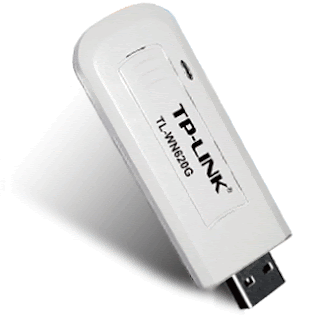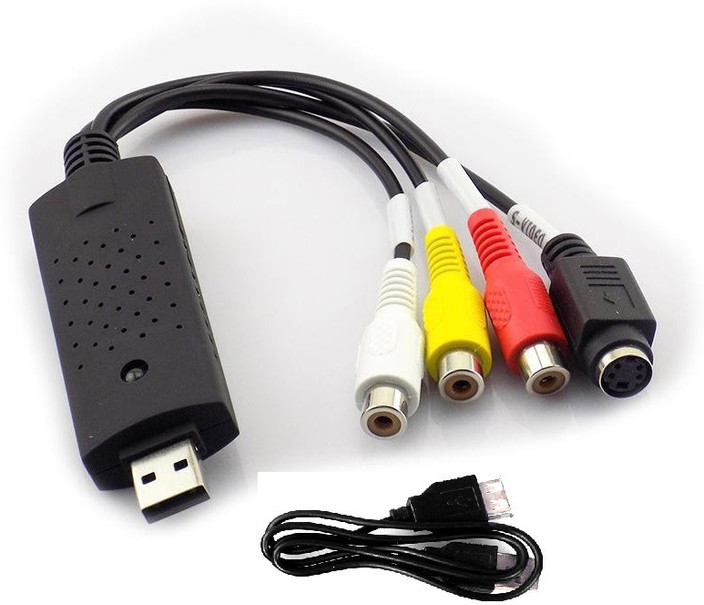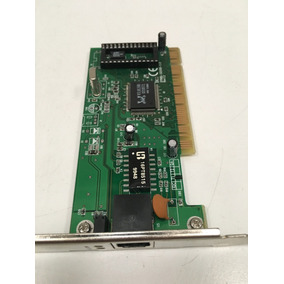
possibly (a guess) dropping audio samples if a frame is dropped to maintain the synchronization. designed to maintain audio and video sync. It (does) have a pseudo HSYNC, VSYNC feature which is not described well. NEC chips graduated to MPEG2 and MPEG4 in later years but unfortunately were not advertised as having this feature. making those designs far superior for capturing VCR tape playback. and continued to include the TBC in subsequent chips. NEC was once of the first to design a DV with a TBC all in one chip. (Some) time base correctors also have a video frame, field or line (buffer) to compensate for dropouts and bad frames which can abort or prevent capturing a good video signal. VCRs and the tapes they play corrupt and mangle the video signal in unique ways that a time base corrector can accomodate. than when coming from most consumer VCRs.

the video signal is far cleaner and "correct".

This is very important because when capturing from a Camcorder with a TBC built-in, or when capturing from a Tuner as a Broadcast signal. NOTE: There is not a TBC (time base corrector) feature in the design and no where in the WISChip. mainly the Discrete Cosine Transform (DCT) which basically "De-noised" or filtered the video in preparation for later software crunching steps to be performed on the computer. The WISChip G7007SB performed some of the first steps in MPEG1, MPEG2 and DV video compression. Since the video was not compressed many felt this was higher quality, and that software compression was sufficient. Later faster computers, with faster hard drives and SSDs were sensitive, but not as much as older computers. The hardware option was very important when computers were much slower, it allowed video capture over USB2.0 when the computer might have choked by reducing the data rate and volume of the data being transferred. so they were supported by the Empia driver when 64 bit versions came about. Later they revised the models to all be based on Empia chips, the model numbers were similar to the original model numbers, but the later models did not include a hardware video compression chip. pre-Vista/Windows 7 64 bit, so there were never any 64 bit drivers which supported the DVC130. The reason was Micronas / TDK acquired the technology and declined to continue manufacturing the chips. There were originally three base models, DVC100, DVC130, DVC170 Thank You.!! Very Good Pinnacle systems dazzle dvc90 driver.The DVC130 is not a simple Video Capture device, it is a partial hardware video compression device.

Super love it thank u for Pinnacle systems dazzle dvc90


 0 kommentar(er)
0 kommentar(er)
